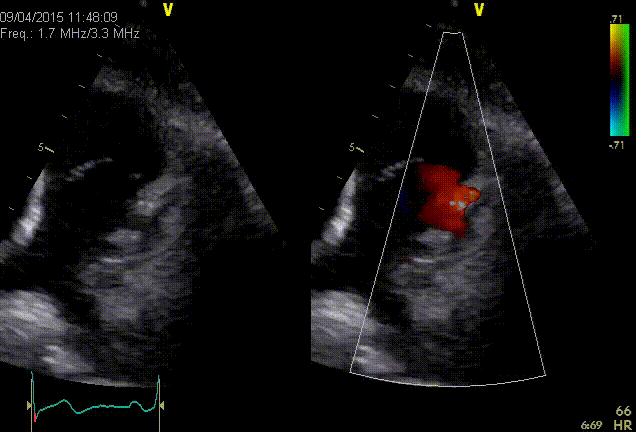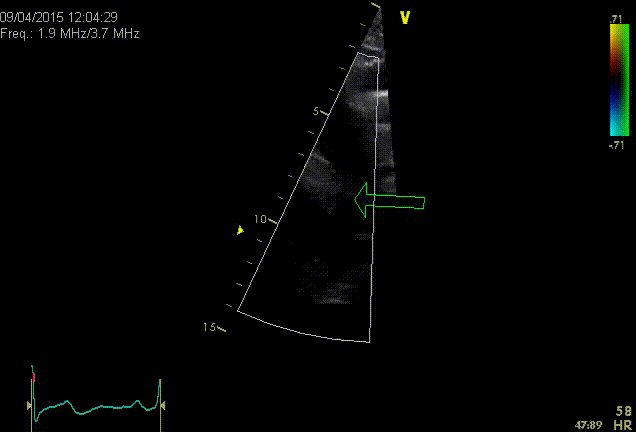Patent ductus arteriosus (PDA), also called the ductus Botalli, is the persistent communication between the proximal left pulmonary artery (LPA) and the descending aorta just distal to the left subclavian artery. It can be associated with a variety of congenital heart disease conditions. A PDA results in a left-to-right shunt and LV volume overload. Presentations of PDA can vary and depend on the functional severity of PDA. A small PDA can present with no LV volume overload and normal pulmonary artery pressures. A moderate PDA can be associated with predominant LV volume overload and/or predominant pulmonary artery hypertension (PAH), with clinical presentations of volume-overloaded left heart failure and/or pressure-overloaded right heart failure respectively. A large PDA can present with Eisenmenger physiology with differential hypoxaemia and cyanosis due to severe PAH, which reverses the shunt direction to a right-to-left shunt. Specific clinical findings include a continuous murmur which disappears with development of Eisenmenger syndrome. Echocardiography is the key diagnostic technique and evaluates the degree of LV volume overload, pulmonary artery size and pressures and right heart changes. Additional quantification of LV volumes or pulmonary artery anatomy can be performed with cardiac magnetic resonance imaging or cardiac CT. Right heart catheterisation can be utilised for measurement of cardiac and pulmonary pressures, cardiac output and intracardiac oxygen saturations. Surgical or device closure of PDA represent the preferred therapeutic intervention.

PDA visualized on a PSax

PDA visualized on a suprasternal view
